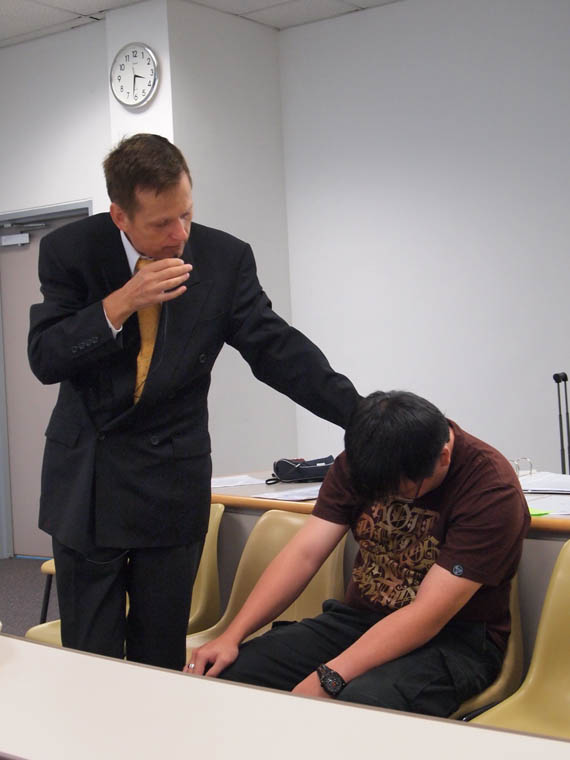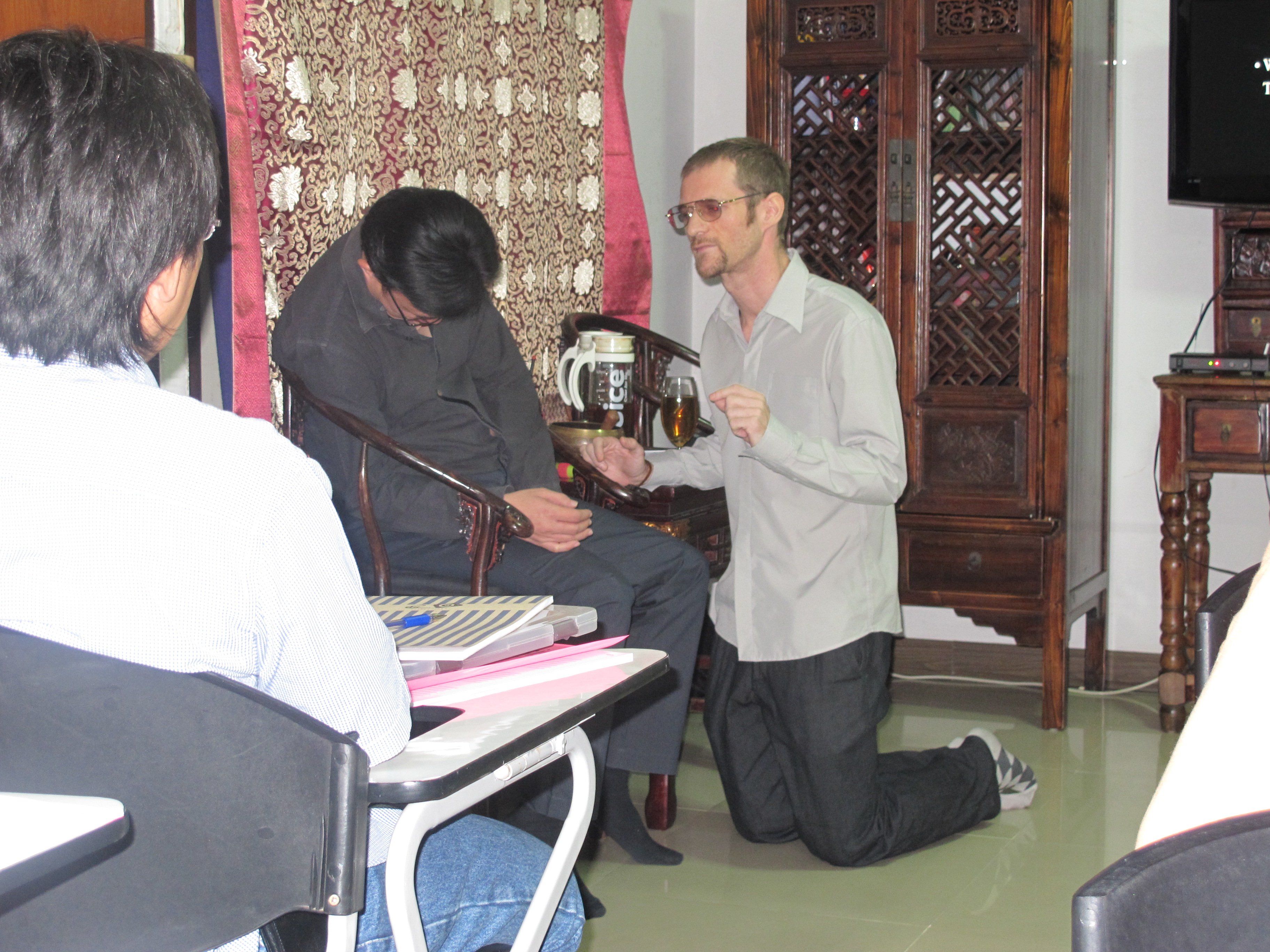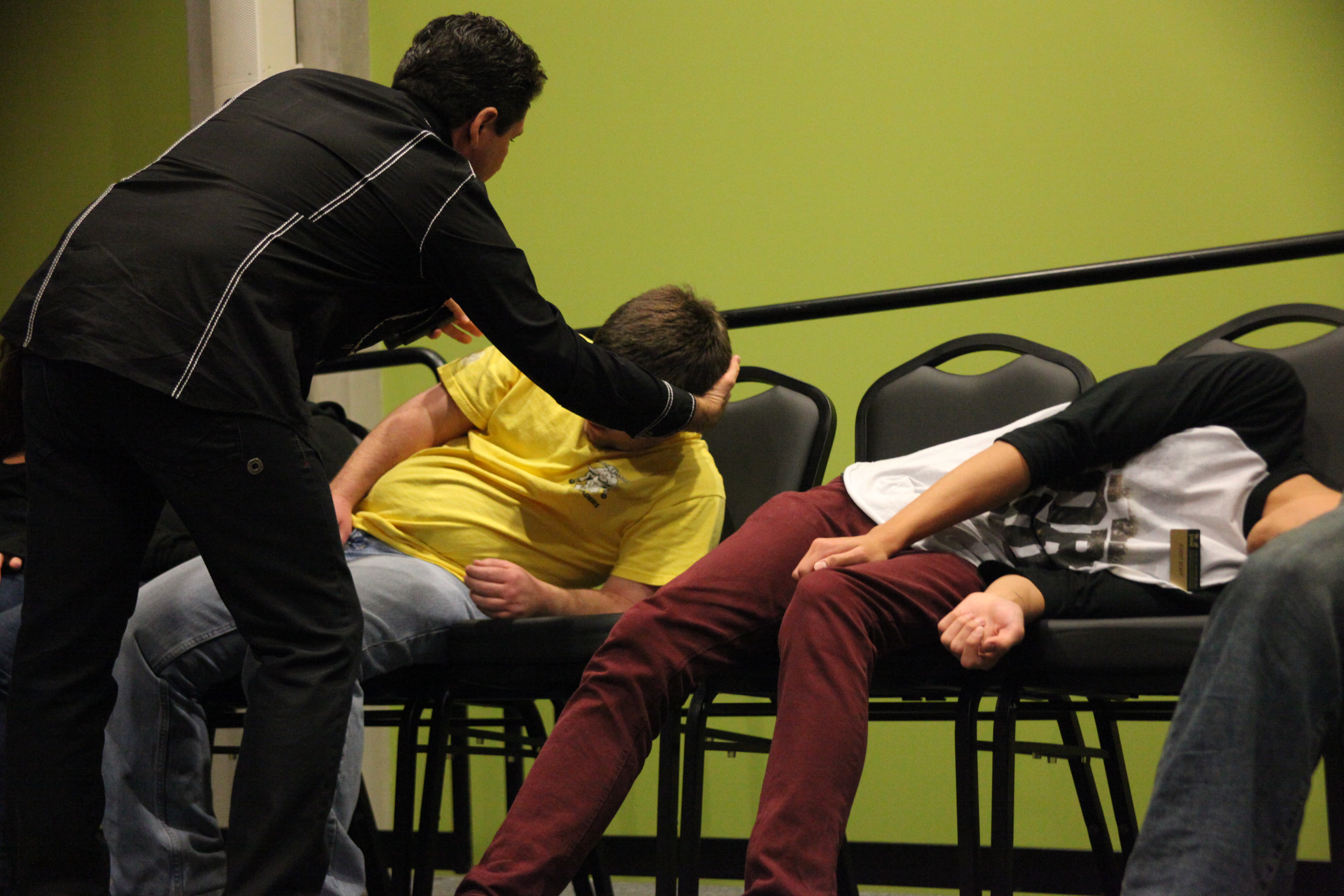54 - Fourteenth - Sense of Fatigue, Sleep, and Dream

Its effect forces humans to have physical rest. This sense is manifested in the entire body and specifically in the nervous system, where fatigue usually emerges.
This sense has drastic effects on the heaviness of the eyes. Sloth is a branch of the sense of fatigue (although it may also be due to a lack of health in other parts of the body).
Recreational activity - is a subsidiary of the sense of lust and reduces fatigue.
Dream - this part is related to the spirit and the perispirit and the contacts between the individual's perispirit with the perispirit's of other people and objects transferred to the brain. In a way, it is an eye enabling one to see dreams while in natural, induced, or self-hypnosis. It is done by the perispirit and is reflected by a particular organ in the brain.

Dreams are of three kinds:
1. Natural sleep is when a person sees images in their dreams.
2. The hypnotic sleep is when a hypnotist gives suggestions to an individual to see sceneries, and they will see those suggested images.
3. Self-hypnosis sleep is a process that occurs when a person hypnotizes himself and dreams. All these dreams are perceived by the sense of dream, a subsidiary of the sense of sleeping.
The notion of sleep is extensive; we will discuss it here briefly to better understand this phenomenon.
First, to understand the notion, we evaluate hypnotic sleep: a hypnotist puts someone, known as a subject, to sleep and gives that person suggestions to see specific images (such as a garden, an animal, or something else). The subject will see these images, but what images does he see? He will see what he has already seen and experienced in his life. His spirit will mix all perispirits of the images he has experienced before and projects the suggested images by his perispirit. Stimuli of sleep are by a hypnotist; however, the essence of a dream is seeing the people's perispirits and the objects one has seen and experienced while awake.
For example, if a hypnotist gives a hypnotic suggestion to the subject to see a sparrow, that person will see a sparrow.
But what kind of sparrow? A sparrow that the subject has already seen in his life, not the one that the hypnotist has seen. Alternatively, if the hypnotist asks a subject to see a peacock, they will see a peacock if they have seen one in real life. If not, they will see a mixture of images from the books and their imagination (a mixture of the perispirit of different birds they may perceive as a peacock).
In natural sleep, one mixes and then sees the people's perispirits and the objects' perispirits they have already seen in life. What are the stimuli, and who gives the suggestions to see images in natural sleep? (In hypnotic sleep, we mentioned that the hypnotist is the one who gives the suggestion, but who does that in natural sleep?)
Its stimuli are the things we pay attention to during the day; then, we will see them in our sleep (of course, we may not necessarily dream what we see that same day; it may take some time). For instance, you may remember a friend, a name, or a scenery today, or someone else may talk to you about some sceneries or a person; these are like suggestions given to the memory, and you will dream those at night. Dream is a mixture of perispirits of people and objects one sees in life. Since all sorts of various and diverse inceptions penetrate the mind during the wakefulness, either by the person himself or by others, we see many different dreams at night.

Dreams, whether they are natural, hypnotic-induced, or self-hypnosis, are of two kinds1 :
one is a diverse mixture of the perispirits: as if you have the power to travel through the universe with the speed of wind or lightning and see whatever you wish to see.
It is evident that in such dreams, you fly like a butterfly from one branch to the other, see whatever you desire without any regard to time and space, and enjoy and observe what you desire. If you had such power in life, and if they have given you such a tool, you should undoubtedly make the best of it. For instance, if you see a flower and, while enjoying the view, remember one day seeing a butterfly beside this flower, you will instantly desire to go to another place and see that butterfly. This back and forth movement will not be a problem for you as you have a wind-like means of transportation2 . When you reach the butterfly, you
instantly wish to see the garden where you first saw that butterfly. Therefore, you travel to that garden in a flash. In short, you sequentially see disorderly images related to one another like a chain of events.

Besides, the sense of imagination affects the sense of sleep immensely, as most things we see in dreams are imaginary. However, those imaginations are a mixture of the perispirits of the past affairs that we have seen.
So, this is the nature of sleep, and all these diverse and disorderly dreams are connected and have similarities. Your spirit, using the sense of dream, marches all these images before your eyes.
Indeed, a dream is an association of images, and instead of taking place in the memory, it takes place in the sense of dream with assistance from other senses.
During sleep, some senses assist the sense of dream more than the others, including the sense of inspiration, clairvoyance, memory, and imagination. However, senses like visual sense and auditory sense are not employed much during sleeping. On the other hand, while awake, the former is used less, while the latter is used much more.
The general principle is that our "visible senses" are more capable during wakefulness, while our concealed senses become more active and useful during sleep.
The second type of dream is to see realities from distant places or the past or even the future. Such dreams are related to the spirit that does not regard distance and time during natural sleep, hypnotic sleep, or even self-hypnosis sleep.
Such dreaming is possible; however, as we will discuss in the article for sleep (the following pages of this book), the individual needs to be entirely healthy to see these lucid dreams of realities and purities. There are also other conditions to achieve this, which are not the topic of our current discussion. The place for this sense is the brain. Whenever its place is relocated, this sense will stop functioning. In other words, the person will not be able to have natural or hypnotic dreams, like someone whose ears are infected and has become deaf.
Therefore, if humans give themselves suitable suggestions while awake, it will be useful in their behavior. Of course, if one wishes to think of something during wakefulness to see them in his dream, his senses should be functioning correctly, and his body needs to be healthy. There are other requirements too, which are out of the scope of our current discussion.
Hypnotic-induced sleep is a type of sleep where the hypnotist puts the subject to sleep by creating fatigue in the subject’s senses to use his sense of dreaming. Self-hypnosis sleep is when one creates fatigue in themselves with specific methods and goes to sleep to employ his sense of dreaming with suggestions he had already established for himself.
The suggestion of the hypnotist to the subject is transferring thoughts that the subject will accept as truth.
***
These were the 21 senses discussed here briefly. If we wanted to explain all the senses' details and subsidiaries, multiple books would not suffice it; so, we felt this brief discussion is sufficient. If life allows, we will comprehensively discuss these topics since specific advice to develop morals regarding senses is valuable to humankind.
Jesus saw a man on a road left dead
He bit his finger in wonder and said
Whom did you kill that got you killed now
And so, he will be killed, the one that killed you now
The old farmer told his son so well in the shed
My beloved son, you will not reap unless what you have sown to spread
One will harvest what he plants, he pled
These poems and thousands more like them are in our literature are all signs of understanding the effects of personal revenge. They had recognized this notion to some extent, without being aware of its principles.
These poems and thousands more in our literature are all signs of understanding the effects of personal revenge. Our ancestors have perceived the notion to some extent, without being aware of its principles.
Wrap a good deed and throw it in the river of charity
So may God return the favor when you're in need in the barren desert
This poem and similar poems like this are signs of understanding personal revenge and rewarding good deeds.
It is said that:
Two old companions are patience and triumph
As a result of patience, there will be triumph
There is too much hope in sorrow
At the end of the black night, will be white tomorrow
A man deceived a girl in Ghasr-e-Shirin and brought her to Kermanshah and raped her. To destroy the evidence of his crime, he murdered the girl and threw her body into a well, named "the well of the Saheb-al-Zaman" behind the Vakil Agha teahouse.
After a long time, her body was discovered. However, despite all the search, investigators could not find the killer. When her body was being taken to the morgue, a man came to see her corpse. Since his presence seemed strange, the police became suspicious of him and apprehended him for investigations.
As it turned out later, he was the killer himself who voluntarily went to the crime scene.
Can a force other than personal revenge have guided him there?
A common saying goes: "blood of a dead man will eventually cling on to the killer; blood will not remain unrevenged; the killer walks towards the hanging by his foot," and so on.
Such sayings confirm that human has realized an orderly revenge mechanism in the world but failed to comprehend its principles.
There are many instances of killers or criminals who walked towards retribution by the pressure from personal revenge.
The latest theory on sleep and dream is by the Austrian neurologist Sigmund Freud, who analyzed dreams, like the other affairs, using a sexual evaluation.
He believes that dream is manifestation and demonstration of the suppressed desires and yearnings, which failed to come true in life but come true in the forms of dreams. For instance, a person wishes to contact someone but does not have the courage; this desire manifests as a reality in his dreams.
Even if we accept this theory, Freud has failed to mention the mechanism of sleep and how one can see immaterial images in their dreams.
Footnotes
- We should not forget that whenever we mention "one" or "two" or "various types," they are relative, comparative, and contractual for humankind, not that they hold any real value and truth in the essence of the universe.
- For those who wish to know why dimensions and distances do not exist in reality, the nature of sleep and dream is a perfect example.